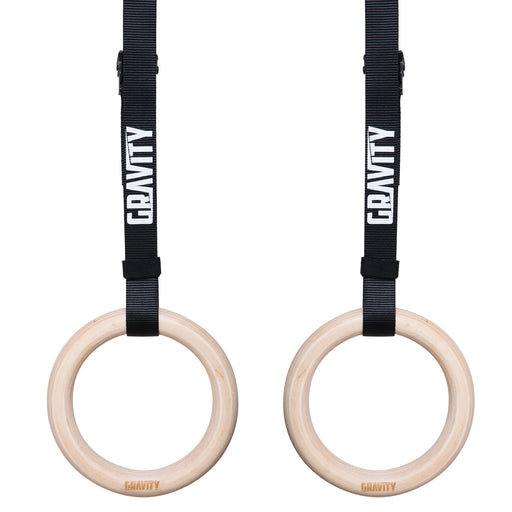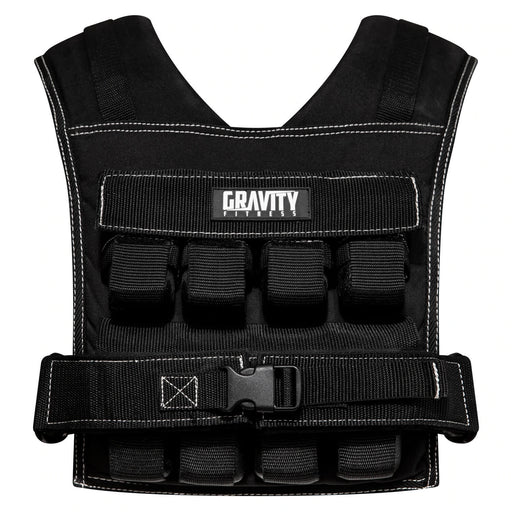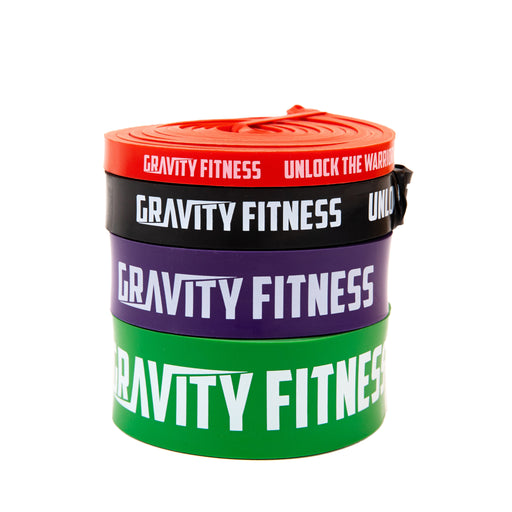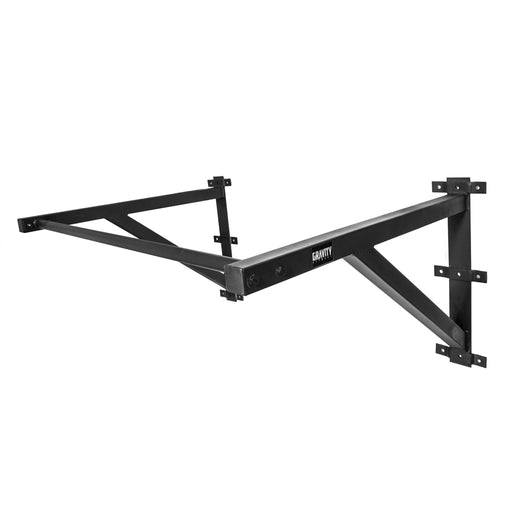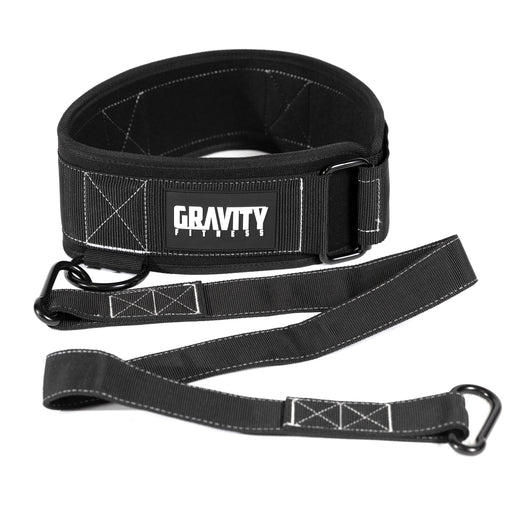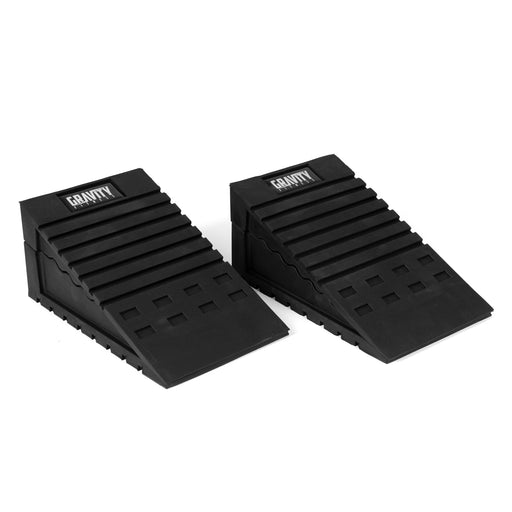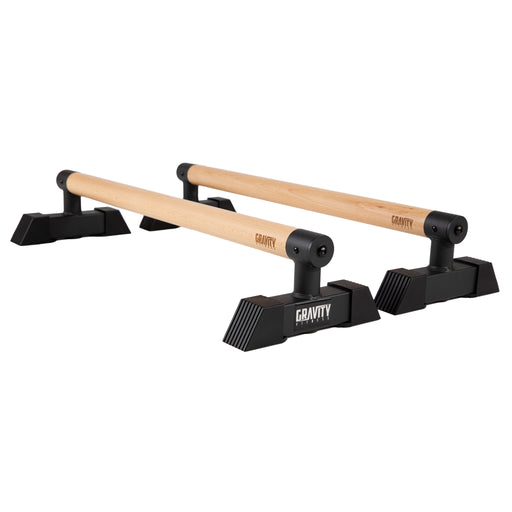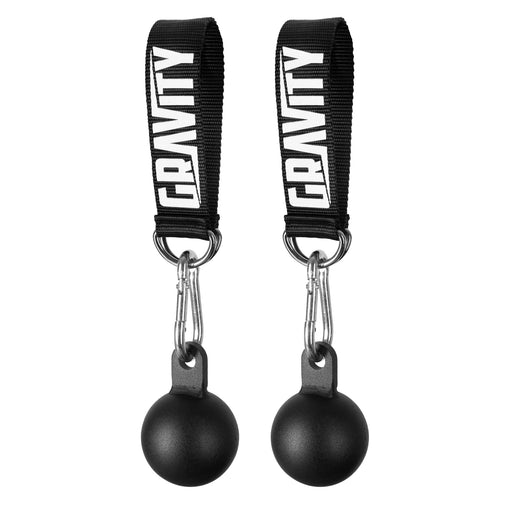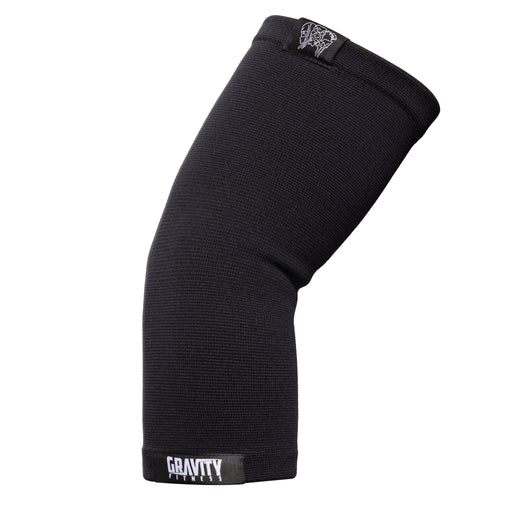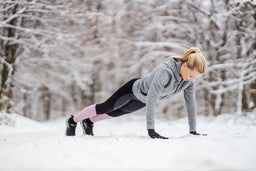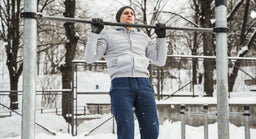
Why All Calisthenics Athletes Should Use Unconventional Training Tools
Why All Calisthenics Athletes Should Use Unconventional Training Tools
Calisthenics might be the mastery of your bodyweight, but that doesn’t mean you can’t benefit from adding external load. But what kind of weights are best for calisthenics athletes?
If you want to get stronger without sacrificing movement freedom, take a look at unconventional training tools. Let’s look at what they are, why they’re effective, and how to use them alongside calisthenics training.
What Are Unconventional Training Tools?
Unconventional training tools are different to standard gym kit like dumbbells and barbells. These odd object weights challenge your body in dynamic, multi-directional ways rather than locking you into fixed planes of movement.
We’re big fans of Indian clubs, steel maces (or macebells), and sandbags for building rotational power, grip strength, and shoulder stability for calisthenics, as well as functional strength that translates directly into calisthenics skills.
Our second-tier unconventional training tools would be kettlebells, heavy ropes, and rings for advanced coordination and control work.
Why They’re the Best Type of Strength Training for Calisthenics
Calisthenics athletes need more than sheer strength and muscle. You need balance, joint strength, stability, and control. Traditional weights often limit movement to straight lines which is great for isolation, but not so great for athletic freedom.
Unconventional tools force your body to stabilise as you move through multiple planes. Training with sandbags, clubs, and macebells teaches your body to move as one connected unit, exactly as calisthenics does too.
This is what makes them the perfect complement to calisthenics. Whatever skills you’re working on, you’ll perform better and stay more injury-free if your shoulders and stabilisers are bulletproof.
How Unconventional Strength Training Benefits Calisthenics Athletes
1. Strength Across Multiple Planes
Calisthenics is all about dynamic, full-range movement. Tools like macebells and sandbags let you add resistance whilst moving through rotation, anti-rotation, extension, and flexion.
2. Joint Health and Mobility
Movements like mace 360s and Indian club swings train your shoulders, elbows, and wrists through natural arcs. This keeps you mobile and pain-free which is essential for high-volume calisthenics work.
3. Functional Overload Without Rigidity
Unlike barbells, which keep your body in symmetrical patterns, unconventional tools make you adapt to uneven loads. A sandbag or mace shifts as you move, building stabilising strength that supports push-ups, pull-ups, and planches.
4. “Knees Over Toes” Benefits
If you follow the knees-over-toes approach, you’ll know the value of loaded mobility. Tools like sandbags and maces allow you to load joints through greater ranges of motion to improve ankle, knee, and hip resilience.
5. External Load Without Limiting Movement
With unconventional training tools, you can build strength while keeping your body moving naturally so you don’t lose any of your calisthenics fluidity.
Unconventional Training Tools You Should Try
Indian Clubs
Indian clubs encourage light and fluid weighted movement to build shoulder health, coordination, and mobility.
5 exercises to try:
-
Two-handed outward circles
-
Single-handed front swings
-
Mills (the classic Indian club move)
-
Reverse circles
-
Alternating figure-eights
Steel Maces (Macebells)
A steel mace shifts the centre of mass away from your hand, making your whole body stabilise with every swing. Great for grip strength, shoulder health, rotational power, and full-body control.
5 exercises to try:
-
360 swings
-
Barbarian squats
-
Offset push presses
-
Lunge to uppercut
-
Halo rotations
Sandbags
Sandbags move as you move, making every exercise unpredictable. They engage your stabilisers and mimic real-world strength and stability through loaded mobility. Great for conditioning too.
5 exercises to try:
-
Shouldering
-
Bear hug squats
-
Sandbag drags or carries
-
Rotational lunges
-
Sandbag push-ups
Kettlebells
Kettlebells sit between conventional and unconventional training. Their offset weight challenges grip strength, coordination, and explosive power — especially through the hips.
5 exercises to try:
-
Kettlebell swings
-
Clean and press
-
Turkish get-up
-
Windmill
-
Single-arm row
How to Include Unconventional Training in Your Calisthenics Routine
You don’t need to overhaul your training or do less calisthenics. Just add 1–2 sessions a week with unconventional tools to complement your existing work. For example:
-
Use Indian clubs as a warm-up for shoulder prep.
-
Add sandbag carries or mace swings between calisthenics sets for conditioning.
-
Use loaded mobility with light maces or sandbags to strengthen end ranges.
At Gravity Fitness, we’ve always believed in building real-world strength beyond gym machines and barbells. Our range of steel maces, Indian clubs, and sandbags are designed to help you move better in sport and in life.
Explore our Indian clubs, macebells, and sandbags and see how strong you can get without limiting your movement.














